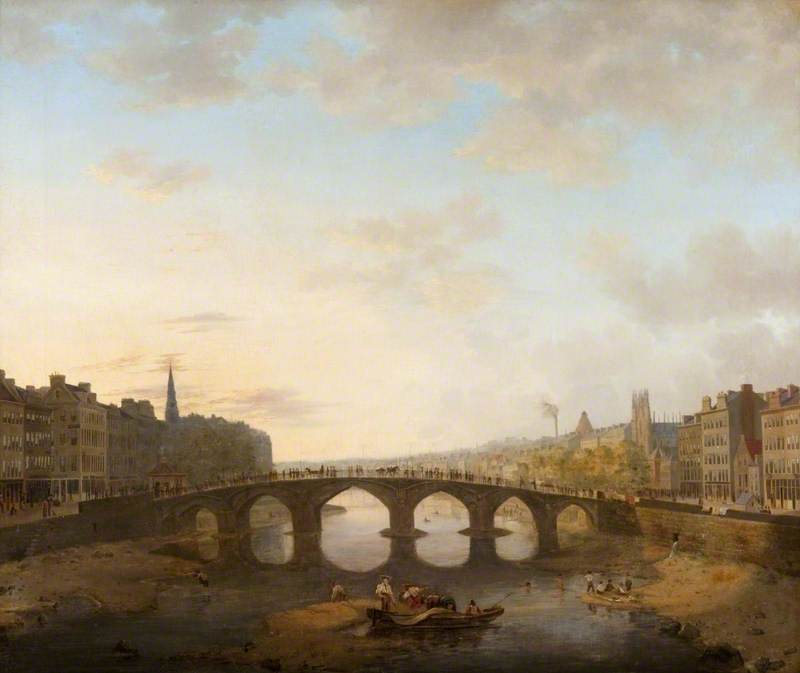
but I don't wanna click an external link... 🫤
Oh alright then... 🦋https://t.co/xKanmrwYrq
How to get URL link on X (Twitter) App


 This thread would run into hundreds of tweets were I to list all the individual buildings that have been demolished and that I think were significant in their way, and not all were recent casualties. Nevertheless, here goes an attempt to give an answer… *gulp
This thread would run into hundreds of tweets were I to list all the individual buildings that have been demolished and that I think were significant in their way, and not all were recent casualties. Nevertheless, here goes an attempt to give an answer… *gulp

 The building has an interesting history (of course I’d say that :P ) which the old Glasgow Green Heritage Trail does a good job of covering, though I’ll probably visit it in another thread later as part of a larger history.
The building has an interesting history (of course I’d say that :P ) which the old Glasgow Green Heritage Trail does a good job of covering, though I’ll probably visit it in another thread later as part of a larger history.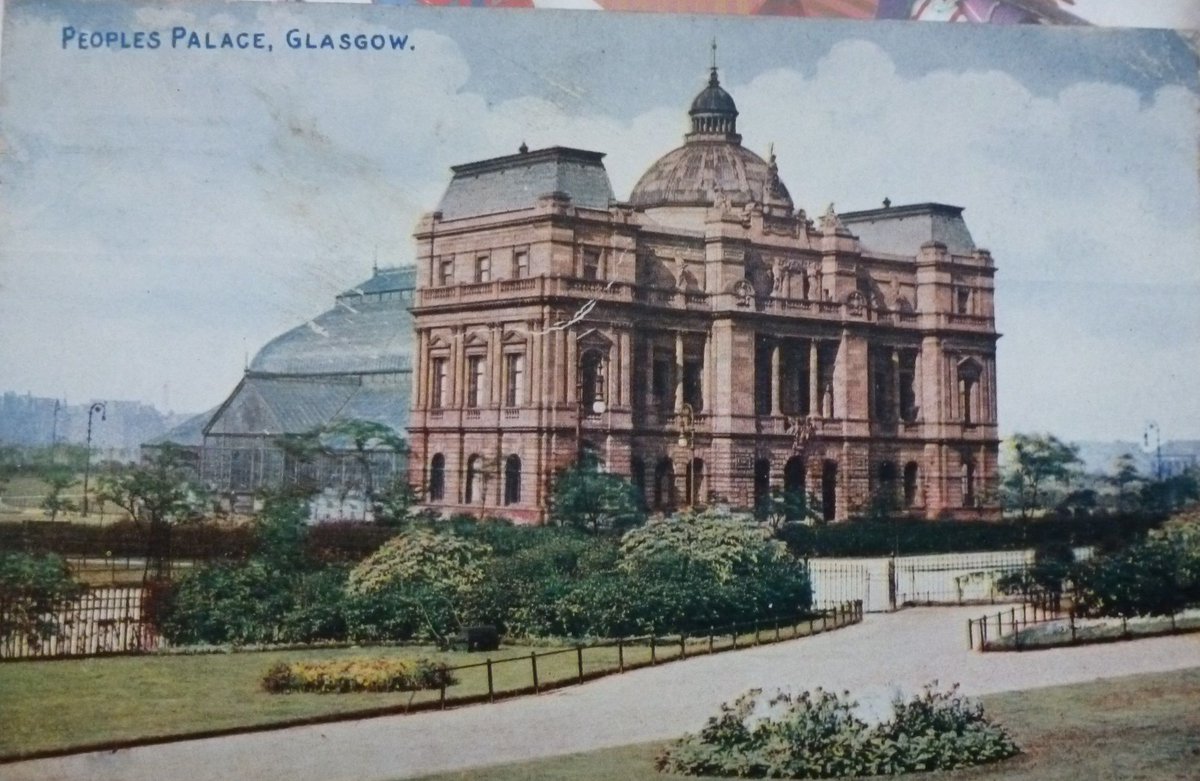


 2.Tollcross Park is bounded by ancient village of Shettleston to the north and Tollcross to the south. As with so many of the city's great municipal parks it was formed from a country estate that found itself in an increasingly urban and industrialised situation.
2.Tollcross Park is bounded by ancient village of Shettleston to the north and Tollcross to the south. As with so many of the city's great municipal parks it was formed from a country estate that found itself in an increasingly urban and industrialised situation.
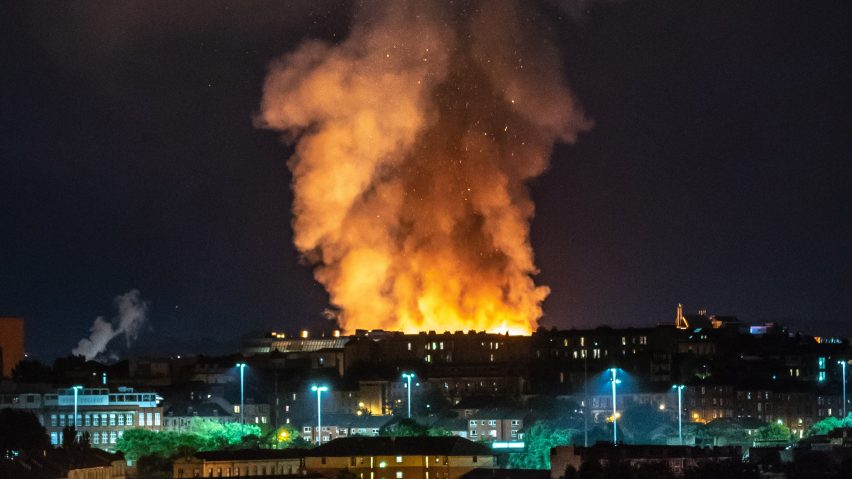
The previous thread was only ever intended as my initial reaction to MackFire2, in absence of anything more substantial than the shared shock and grief. It inadvertently became a wider look at historic building management, development practices & statutory body responsibilities
External Tweet loading...
If nothing shows, it may have been deleted
by @OssianLore view original on Twitter
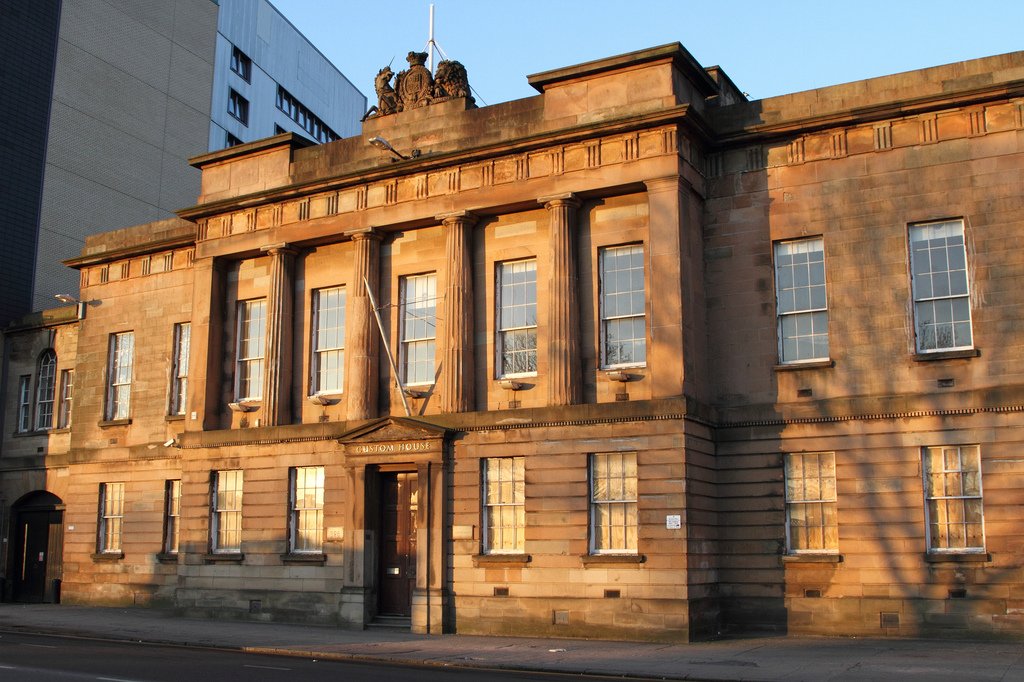
 Dating to 1840 the Custom House is one of the oldest surviving buildings on the Clyde as it flows through Glasgow. It has been some years since it performed its original function, latterly used by the PF & then as offices, it has been empty for around a decade now.
Dating to 1840 the Custom House is one of the oldest surviving buildings on the Clyde as it flows through Glasgow. It has been some years since it performed its original function, latterly used by the PF & then as offices, it has been empty for around a decade now.

 ...that other parts, if not whole sections - if not the entire structure - will have to be demolished in order to make internal parts safely accessible.
...that other parts, if not whole sections - if not the entire structure - will have to be demolished in order to make internal parts safely accessible.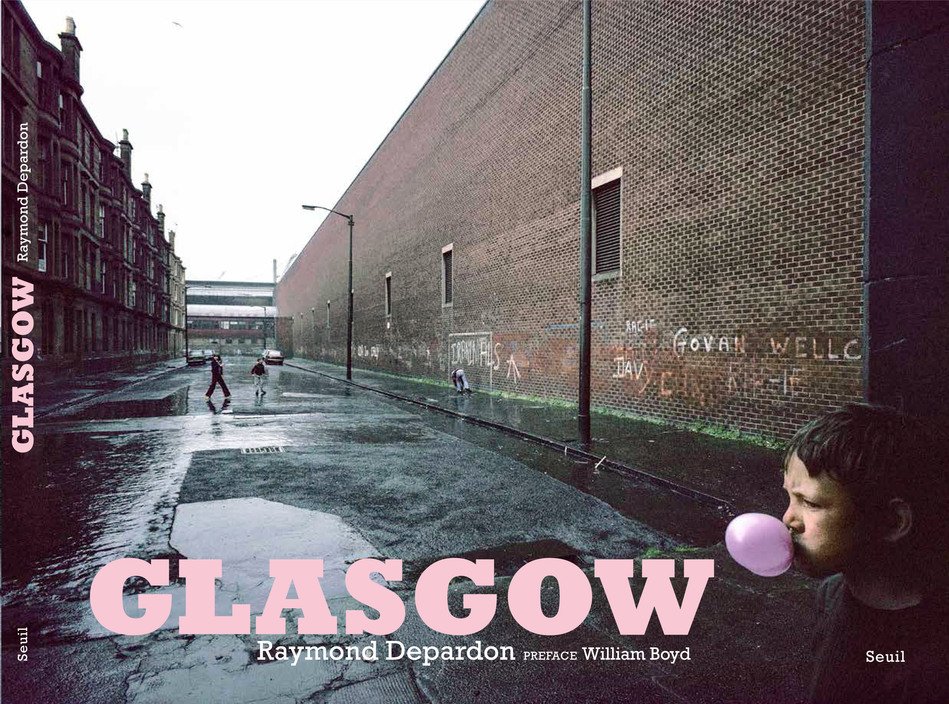
 This once metropolis had torn - and was continuing to tear- itself apart. The brick and ashlar edifices that lined the gridded streets, the great architectural baubles and trinkets that two centuries of commerce & industry had built were disappearing. So too were its people.
This once metropolis had torn - and was continuing to tear- itself apart. The brick and ashlar edifices that lined the gridded streets, the great architectural baubles and trinkets that two centuries of commerce & industry had built were disappearing. So too were its people. 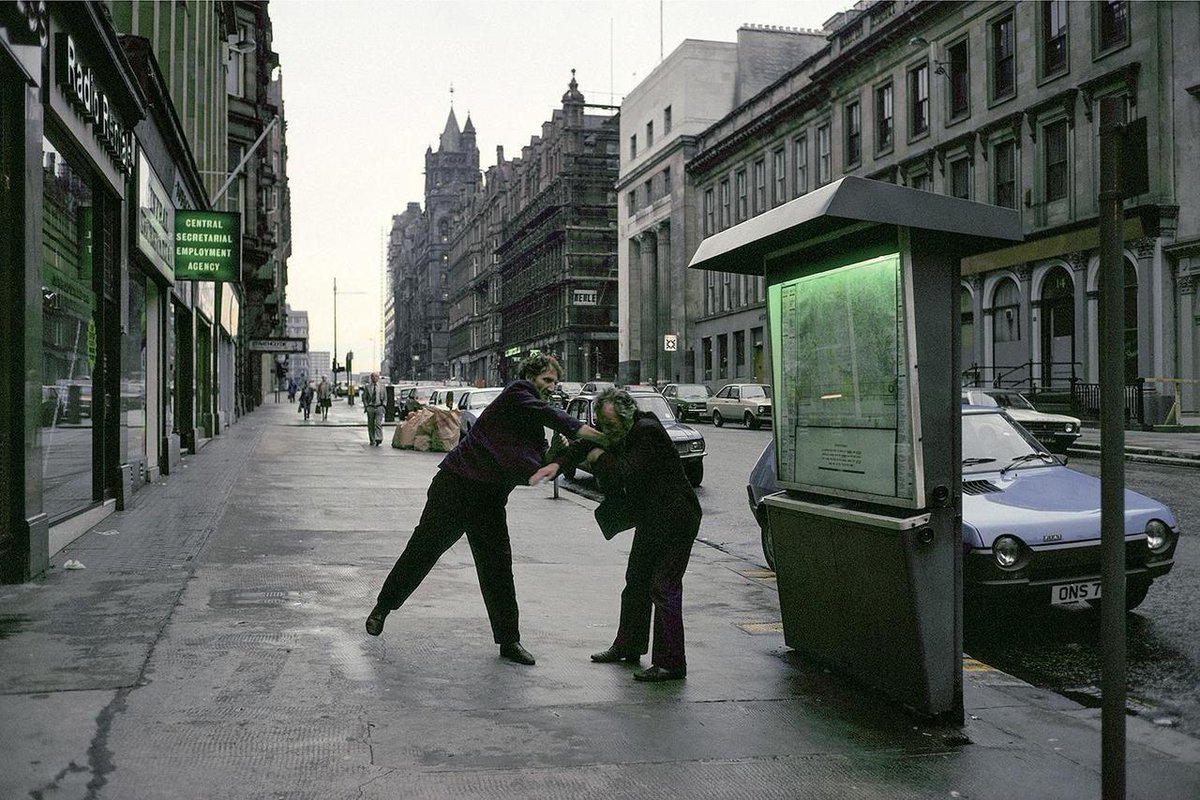
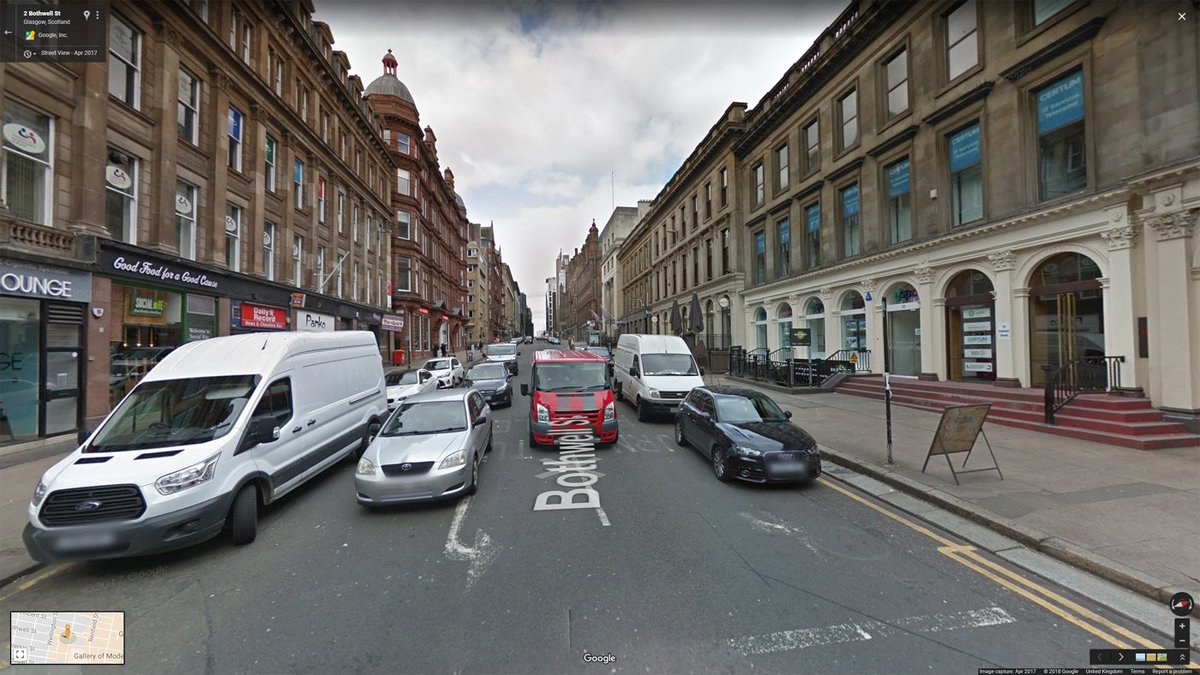
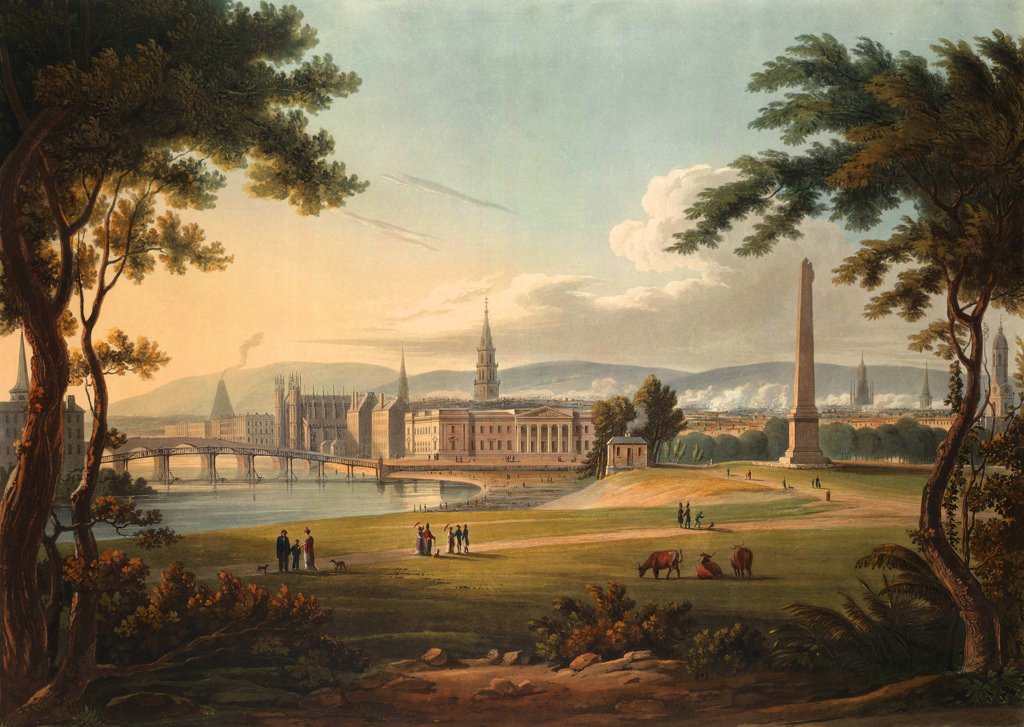
 A wooden footbridge marks the spot at the foot of a recently extended Saltmarket where the current Albert Bridge stands. The original 14th century Glasgow Bridge stands behind it and would be replaced in the coming decades.
A wooden footbridge marks the spot at the foot of a recently extended Saltmarket where the current Albert Bridge stands. The original 14th century Glasgow Bridge stands behind it and would be replaced in the coming decades. 